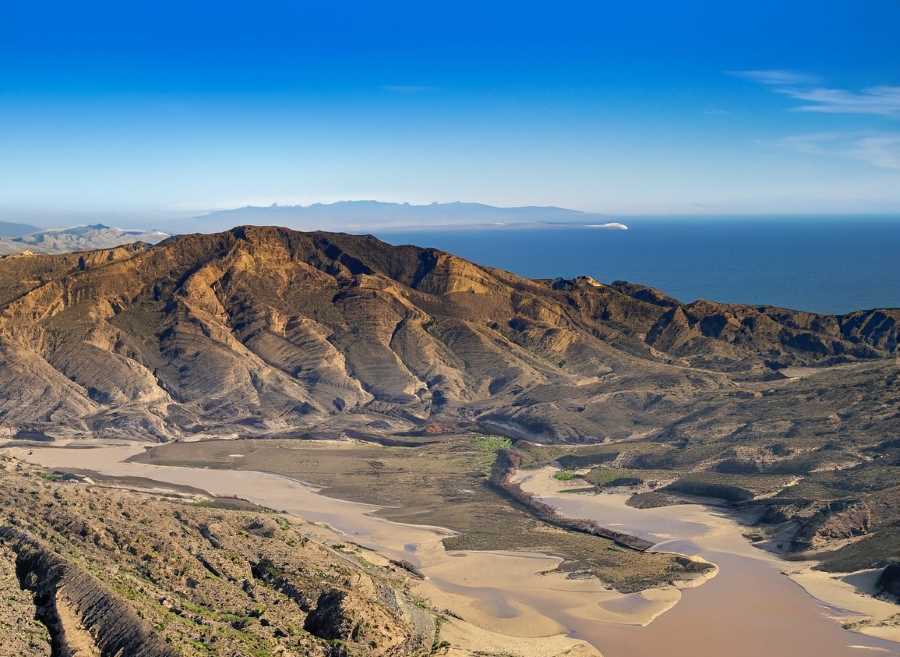Geology and Geomorphology of Bahía de Los Angeles Region
The geological history of Bahía de Los Angeles is linked to Baja California Peninsula. Fault zones, sediment deposits, and plate shifts shaped the region. Islands formed during Pleistocene glaciations. Soils are eutrophic regosols, susceptible to erosion.

The Bahía de Los Angeles region, located in Baja California Peninsula, Mexico, holds a rich geological history closely intertwined with that of North America's west coast. This area boasts diverse islands, each with unique origins, geological ages, and distances from the mainland. Understanding the geological and geomorphological features of this region provides valuable insights into the earth's past and helps us appreciate the fascinating processes that shaped the landscape we see today.
The Geology of Bahía de Los Angeles
The stratigraphy of the Bahía de Los Angeles region presents a complex picture, with a metamorphic basement consisting of mafic schists and Palaeozoic metapelites. Additionally, the area showcases the Ballenas Group, a sequence located in the western part of the Ballenas Channel. This group represents a continental slope to basin depositional environment and consists of a mix of calcareous mudstones, bioclastic packstone, shales, flints, flysch deposits, conglomerates, and alkaline pillow basalt.




